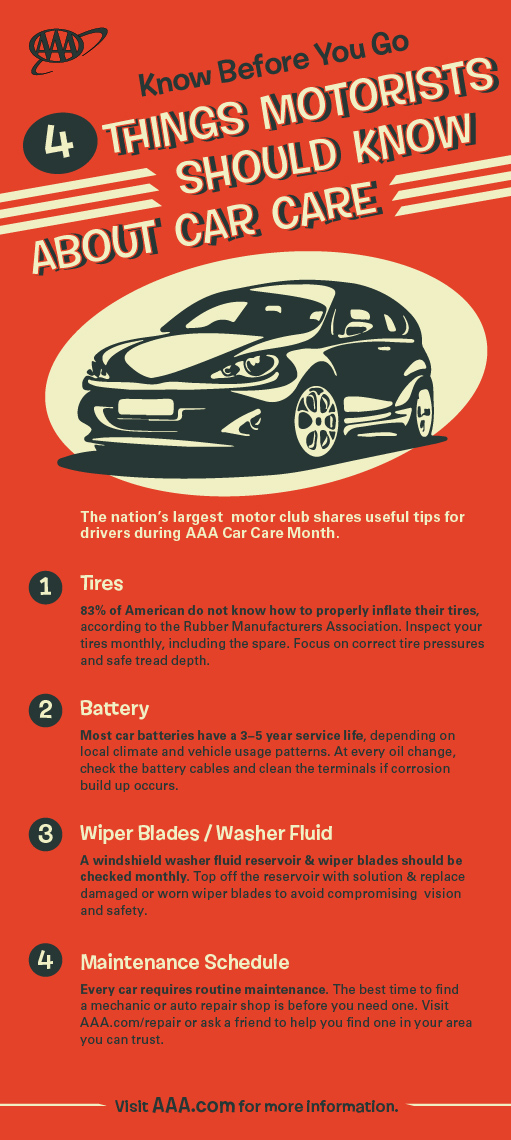Looking For Quality On The Caution Lights Presented On Your Auto'S Dashboard? Find Out Exactly How They Associate With Your Lorry'S Health And Wellness
Looking For Quality On The Caution Lights Presented On Your Auto'S Dashboard? Find Out Exactly How They Associate With Your Lorry'S Health And Wellness
Blog Article
Web Content Written By-Sykes Gilbert
When you're behind the wheel, those glowing caution lights on your dashboard can be a little bit perplexing. Do you know what they're trying to inform you about your cars and truck's wellness? Understanding the importance of these lights is essential for your security and the long life of your vehicle. So, the next time one of those lights appears, wouldn't you want to decode its message precisely and take the necessary actions to address it?
Common Warning Lighting and Interpretations
Identify typical warning lights in your auto and understand their definitions to ensure safe driving.
marine restoration of the most regular warning lights consist of the check engine light, which indicates concerns with the engine or exhausts system. If https://brake-service51738.activoblog.com/32592667/eager-to-uncover-how-automation-and-robotics-are-reshaping-the-auto-outlining-landscape begins, it's essential to have your vehicle checked immediately.
The oil stress cautioning light indicates reduced oil pressure, needing prompt attention to avoid engine damages.
A flashing battery light may recommend a damaged charging system, possibly leaving you stranded otherwise resolved.
https://ecu-tune-cost06273.eedblog.com/31290849/fascinated-in-the-extensive-myths-related-to-car-outlining-explore-the-realities-behind-these-ideas-and-figure-out-exactly-how-professional-outlining-can-be-helpful-for-all-automobile-owners tracking system (TPMS) light notifies you to low tire pressure, impacting lorry security and gas effectiveness. Neglecting this might bring about unsafe driving conditions.
The ABS light suggests an issue with the anti-lock stopping system, jeopardizing your capability to quit promptly in emergency situations.
Lastly, the coolant temperature level alerting light warns of engine overheating, which can lead to serious damage otherwise solved quickly.
Comprehending these usual caution lights will certainly assist you resolve problems quickly and preserve secure driving problems.
Significance of Prompt Focus
Comprehending the usual caution lights in your auto is just the initial step; the relevance of immediately resolving these warnings can't be emphasized enough to ensure your security when driving.
When a caution light illuminates on your dashboard, it's your vehicle's way of interacting a potential issue that needs interest. Overlooking these cautions can bring about more serious problems down the road, jeopardizing your safety and possibly costing you extra out of commission.
Trigger interest to advising lights can avoid failures and mishaps. For example, a blinking check engine light might suggest a misfire that, if left ignored, can create damages to the catalytic converter. Addressing this quickly can conserve you from a costly fixing.
In a similar way, a brake system cautioning light might indicate reduced brake fluid or used brake pads, crucial parts for your safety when driving.
Do It Yourself Troubleshooting Tips
If you observe a caution light on your control panel, there are a couple of DIY repairing pointers you can attempt before looking for specialist aid.
The initial step is to consult your vehicle's manual to understand what the specific warning light shows. In some cases the problem can be as easy as a loose gas cap triggering the check engine light. Tightening up the gas cap might resolve the problem.
Another common problem is a low battery, which can cause numerous warning lights. Inspecting the battery links for corrosion and ensuring they're safe could deal with the problem.
If a caution light persists, you can attempt resetting it by detaching the car's battery for a couple of mins and afterwards reconnecting it. In addition, inspecting your car's liquid levels, such as oil, coolant, and brake fluid, can assist repair advising lights related to these systems.
Conclusion
To conclude, comprehending your auto's warning lights is necessary for keeping your car running efficiently and safely. By promptly resolving these notifies and recognizing what they imply, you can stay clear of expensive repair services and possible breakdowns.
you can find out more in mind to consult your vehicle's manual for specific information on each alerting light and take action accordingly to guarantee a hassle-free driving experience.
Remain notified, stay risk-free when traveling!
